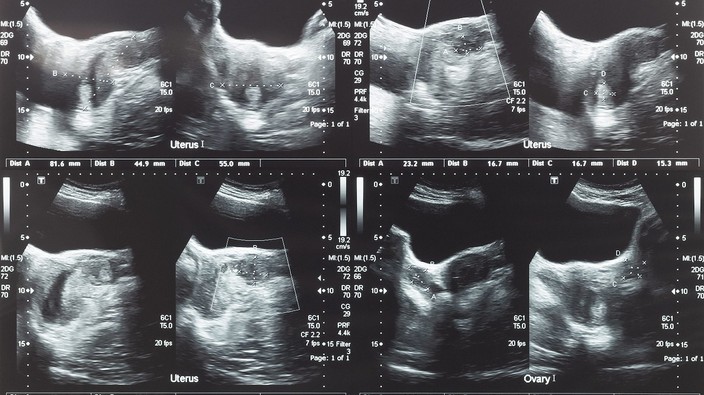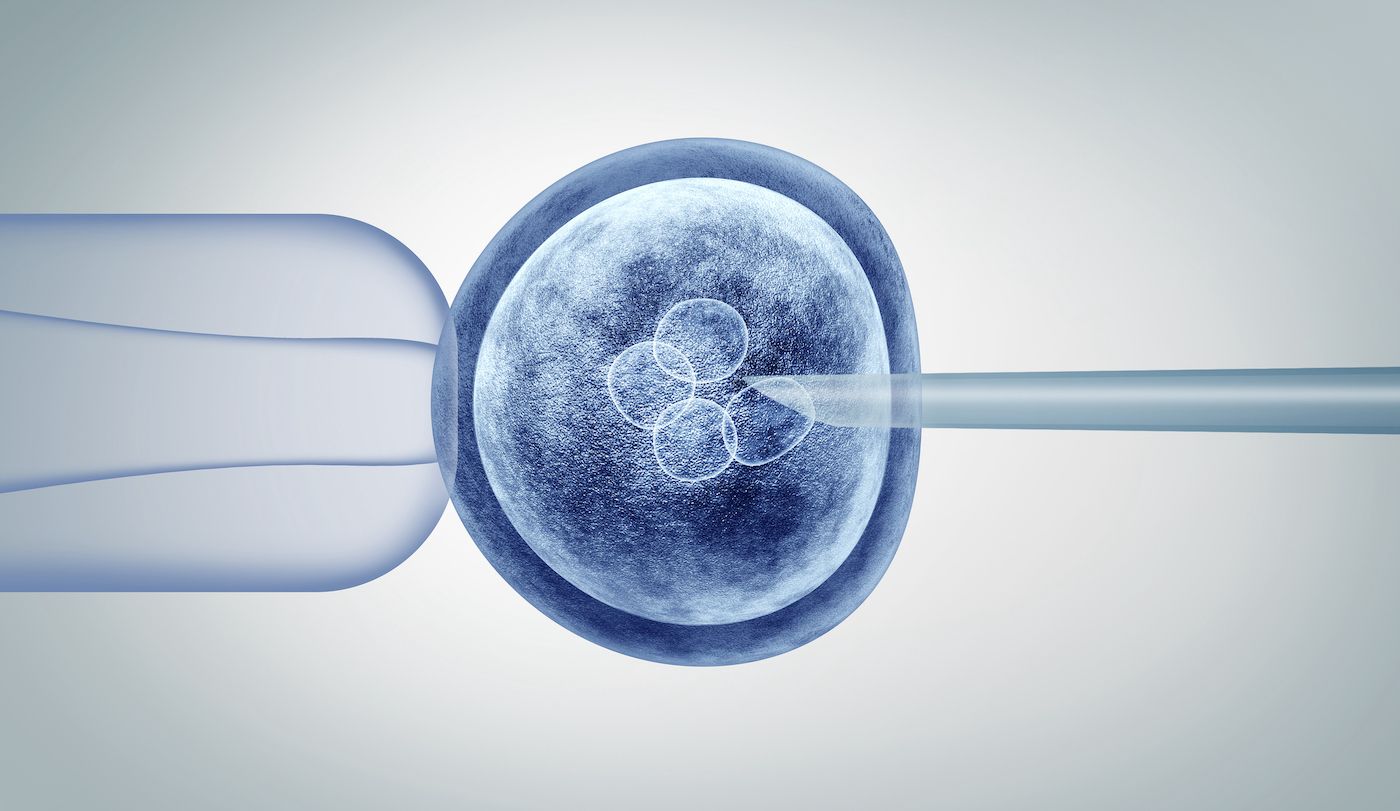sharon stone seeking treatment for fibroid tumour after initial misdiagnosis
stone, 64, revealed that she was initially misdiagnosed and had an incorrect medical procedure that left her in 'worsening pain.' a second doctor then found 'a large fibroid tumour.'
amy schumer has uterus and appendix removed
the actor and comedian revealed her decision to have surgery to relieve painful symptoms of endometriosis.
freezing eggs may be more successful than ivf for women over 40
egg freezing has quickly risen in popularity over the last decade: 475 american women froze eggs in 2009. that number rose to 7,276 in 2016.
 4 minute read
4 minute read









